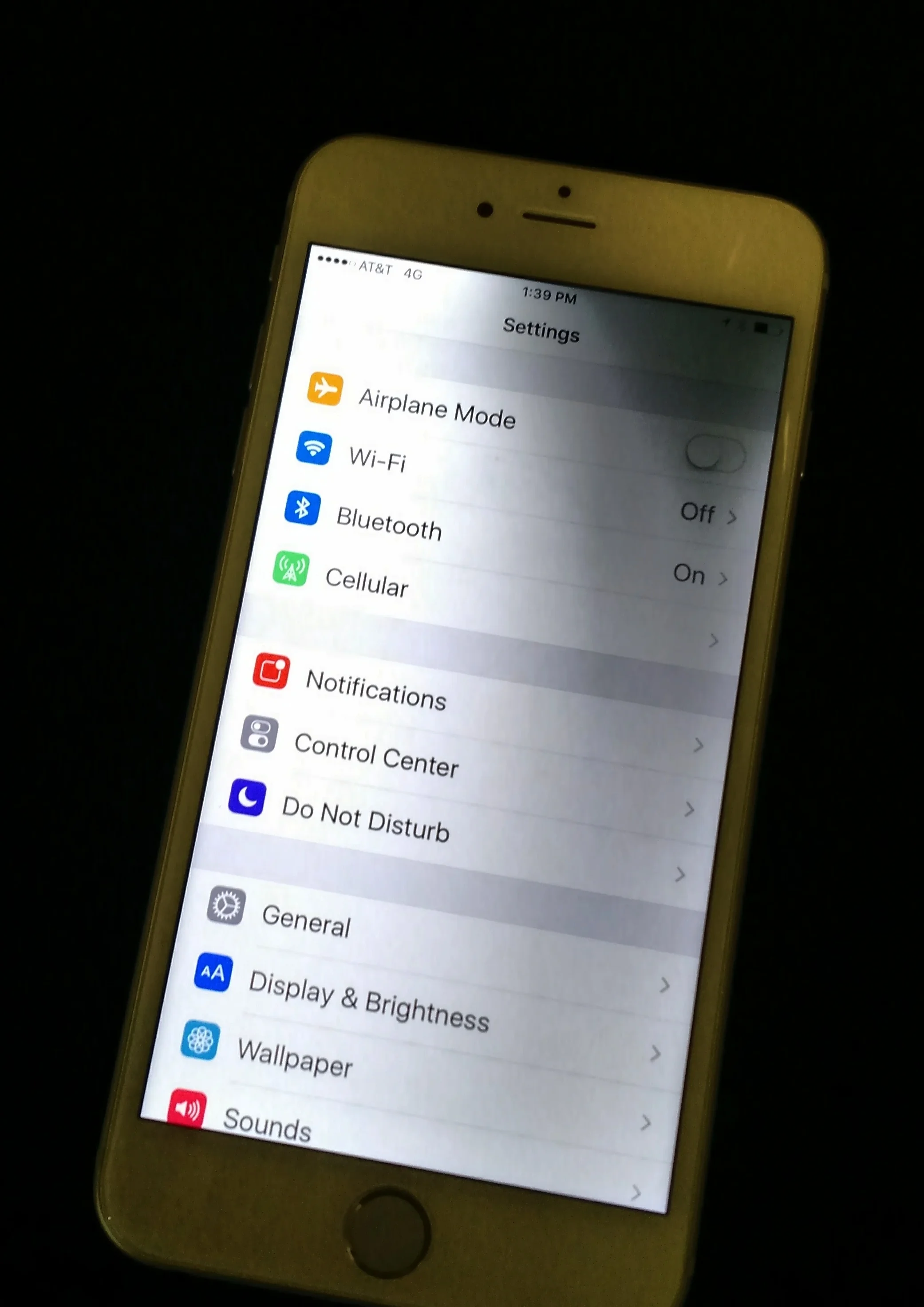Micro soldering repairs are the optimal choice for motherboard repair due to their precision and effectiveness in addressing intricate circuit issues. This advanced technique involves soldering microscopic components directly onto the logic board, enabling skilled technicians to restore functionality without replacing the entire motherboard. With a focus on detail and expertise, micro soldering can resolve a wide range of problems, from damaged power connections to short circuits. By choosing micro soldering, customers benefit from a cost-effective solution that maximizes the lifespan of their devices and minimizes electronic waste. Trust in micro soldering for reliable, high-quality motherboard repairs.
Read MoreWhen faced with the frustrating issue of a white screen on your iPhone 13 Pro, soldering a wire on the screen can offer an effective solution. The white screen problem is often caused by a loose or damaged connection between the screen and the lcm panel. By carefully soldering a wire to reconnect these components, the electrical connection is restored, allowing the screen to function properly once again. This delicate procedure requires the expertise and precision of a skilled technician to ensure that the soldering is done accurately and without causing any further damage. Once the wire is securely soldered into place, the white screen issue is resolved, allowing you to enjoy your iPhone 13 Pro's vibrant and functional display once again.
Read MoreThe Apple iPhone 11 utilizes an LCD panel in its design, which means that a high voltage backlight circuit is an integral part of the design to make image on the display visible. Damage to this circuit most often occurs during a screen replacement in which proper precautions are not
taken, particularly if the battery is left plugged in when the screen is removed or connected to the logic board of the device. There is a chance that if the battery is left plugged in, a resistor on the logic board will be damaged, causing the backlight circuit to malfunction.
If you have gotten the DIY urge and chosen to replace your cracked screen, or even remove a perfectly functional screen just to replace the battery on a pixel 1 or pixel 2 device you should know of this common mistake that many DIY-ers cause.
Read MoreLong screw damage can be caused on many different devices such as the iPhone 5S, iPhone SE, iPhone 6/6S and 7 series. Each model has different locations for possible long screw damage. Depending on the model of the iPhone long screw damage can range in severity from "basic" problems such as no backlight, no service or much bigger problems such as no image, or no boot caused by a 1v8 short.
Read MoreTypically we see iPhone 6 Plus and iPhone 6S Plus with a half backlight due to the phone needing not one but two anode backlight circuits. With one anode backlight gone out it effectively shuts off half of the led light strip in the backlight panel.
Read MoreWith the aide of schematics, board views and donor parts these repairs are often feasible and much cheaper then the alternative which would involve replacing the whole motherboard, which sometimes can compromise the data on the device, rendering the information unreadable.
Read MoreTypically for a backlight to go out on the iPhone 6S would be a result of a few things, 1 being liquid damage on the motherboard causing corrosion and shorting out the backlight circuit which contains a diode, a backlight ic (U4020) as well as few other discrete components. Another way a backlight circuit can go out is also by installing a replacement screen and bridging a few of the connectors on the LCD FPC connection thus causing a short and ruining the circuit.
Read MoreA blown back light on an iPhone 6 is typically caused by a screen replacement gone wrong or a sudden drop on the phone which can damage some of the components on the backlight circuit.
Lets take a look at the back light circuit and evaluate the possible issues and solutions to this problem.
Read More









